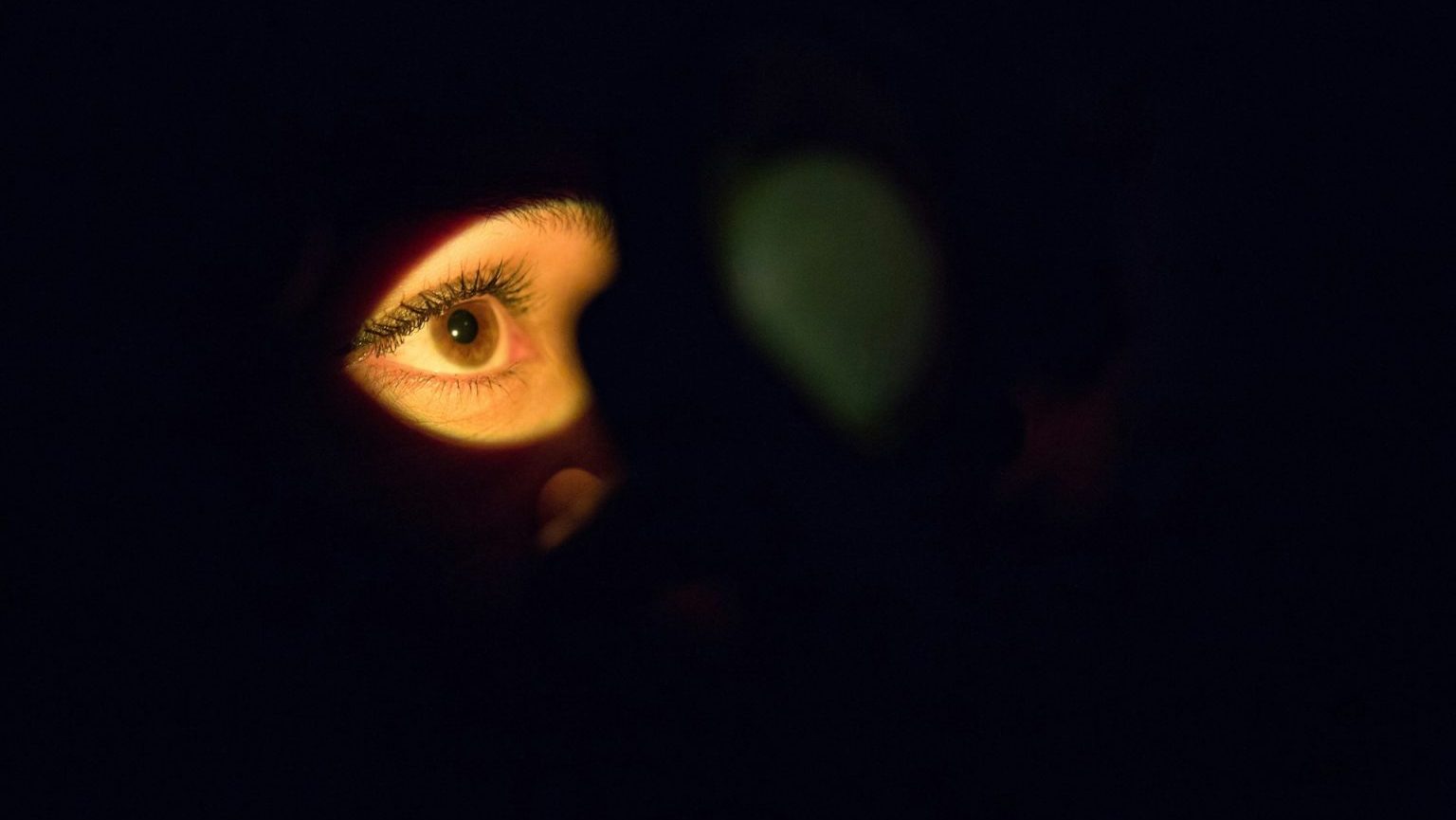Joseph LeDoux and the Neuroscience of Fear

“Brain imaging is not a very good way to test subtle distinctions [in the brain]…it’s like trying to find out something about New York City by studying New York State,” says NYU neuroscientist Joseph LeDoux, one of the pioneers of neuroscientific animal research back in the 1970s. “Animal research is so important because we can go in and study individual cells and individual synapses on those cells,” he says. But can we take the information we learn about the brains of rats and apply that knowledge to the endlessly complex human brain?
In his second Big Think interview, LeDoux told us that, yes, we can learn much from studying rats’ brains, even about things like emotion, which we often attribute solely to humans. “Through the history of psychology, there’s been a struggle between what can we learn about psychological states in humans and animals, what can we learn about psychological states by studying conscious states in people and unconscious states,” LeDoux explains. In the 1930s and ’40s, the behaviorists threw out the idea of consciousness because it is a subjective pehnomenon that cannot be measured. Then the cognitive revolution of the ’50s and ’60s brought the mind back to psychology, “but it didn’t bring back the mind that the behaviorists got rid of,” says LeDoux. “When I got interested in emotion in the ’70s, emotion was still being thought of in terms of subjective conscious experiences, whereas other aspects of psychology, like perception and memory were thought of as information processing functions.” LeDoux revolutionized the study of emotion, especially of fear, by thinking about it in terms of observable behavior. “All animals have to be able to detect danger and respond to danger in order to stay alive, including humans.” And because this is such a basic evolutionary adaptation, it functions quite similarly between animals and humans.
The hub of all emotional processing in both human and animal brains is the amygdala, says LeDoux, also the frontman of a rock group called The Amygdaloids. He has spent his career studying this almond-shaped structure, and he gave us a five minute primer on everything we should know about it. “What the amygdala is doing is forming associations between random or neutral external stimuli and the kinds of reinforcing events that will stamp in those experiences in a stronger way,” he says. “So its creating what’s called Pavlovian associations: you know, stimulus one plus stimulus two; if one of those is a biologically significant stimulus, then the other one will acquire some kind of biological significance itself, whether it’s positive or negative.”
LeDoux also talked to us about some of the groundbreaking research to have come out of his his lab in recent years. One discovery dealt with a process called “reconsolidation” of memory. “When you retrieve a memory it becomes unstable and new information can be incorporated into the memory at that point,” he says. “It also means that when the memory is unstable, its restabilization process can be blocked. And if you block that, the memory is weakened or dampened. So that’s how we’ve been using reconsolidation to help people with traumatic memories to try and dampen their memories of those traumatic situations.”
LeDoux also told us about his current studies of rats with extreme fear. “We can compare animals that are really afraid and those that are not afraid and look in their brains and see if there area any, for example, structural differences in the amygdala.”





